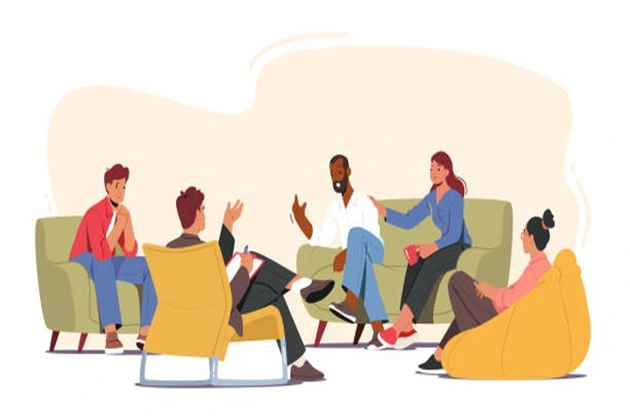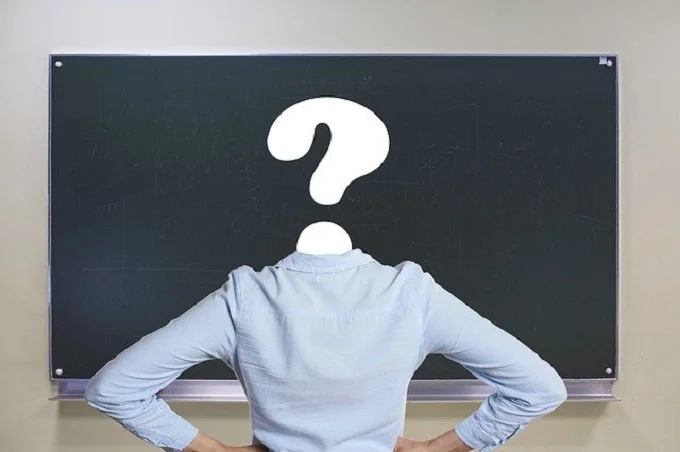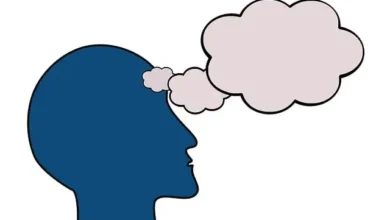Ways to explain things so that you can be understood and heard

Do you know this unpleasant feeling when you’re trying to get your point across, but you notice that the other person doesn’t understand you? Do you try again and again, but not a single word of yours gets heard? Don’t despair — it’s better to learn how to explain things in a way anyone can understand.
10 ways to explain things so that you can be understood and heard
1. Arouse the interest of the interlocutor

You’ve probably been to boring lectures that made you feel sleepy. To prevent your story from turning into something like this, rekindle the other person’s interest. Exciting introductory words help to attract attention and make others listen to you. Here are a few phrases that will help: — “I want to share a secret with you”; — “Just imagine”; — “Good news”; — “Do you know what struck me?”; — “Careful.” Starting with these phrases and words, you will be more likely to hold the interlocutor’s attention and ensure he listens to you without distraction.
2. Create mental images before you start explaining
When you need to convey something to another person, visualize what you will talk about in your head. This will help you find words that will create the same image in your listeners and help them better understand what you are discussing. Visit. A F RI N I K . C O M. For the full article. For example, you can ask the other person to imagine a flock of birds flying in a wedge to emphasize that people can make independent decisions while working as a team. You can use interesting images to emphasize your thoughts and interest others in your words.
3. Discuss the most crucial thing at the start and the end

There is a phenomenon of consistent attitude: people, according to it, remember the first and last things you say better. It’s worth using this for your purposes. It doesn’t matter if you’re instructing colleagues on a specific task or teaching your grandmother how to use a smartphone: always emphasize key information at the beginning of a conversation and when you want to end it.
4. Use the repetition
Repetition helps us to remember information better. But that doesn’t mean you have to parrot the same thing repeatedly. Try to explain unfamiliar concepts several times using different approaches if the other person doesn’t understand you. For example, mention a keyword every five minutes or emphasize with intonation which actions will lead to the best result.
5. Keep it simple

Simplicity of communication is the key to understanding. Try not to use complex terms, jargon, or words that would be difficult for another person to understand. The best explanations are simple. They contain not-too-long words and phrases that help you focus on the facts and convey information.
6. Don’t pretend to be an expert
Even the most qualified specialists cannot be experts in everything. Instead of pretending to know a lot, talk about what you are sure of. There’s no shame in admitting you’re unaware of certain things. On the contrary, it can make people feel that you are the same person as them, which will help them listen to you and try to understand you better.
7. Watch the body language of the interlocutors
To figure out if your interlocutors understand you or not, watch their body language. Sometimes, people don’t want to openly admit that they’re confused or that your speech seems too complicated for them. Some subtle signals suggest it’s time to change how you explain your thoughts.: — people frown; — they slouch; — their gaze wanders, not directed at you; — one eyebrow is raised higher than the other; — they shrug their shoulders or wrinkle their nose; — they purse their lips or bite them. Of course, body signals can vary from person to person. But still, if you notice these signs, it’s worth working on how you convey information.
8. Ask questions during the conversation

By asking questions during your narration, you help people better understand the explanations and involve them in the conversation, making it more interesting. Here are a few questions that will be useful to you: — “Does this make sense?”; — “Do you remember what I said earlier?”; — “Does my explanation seem to be missing something?”. Listening to the answers of the interlocutor, you will be able to correct your speech, making it more accessible and understandable, as well as clarify the points he missed.
9. Add some humor
To help others learn information better, use humor. It helps to make explanations enjoyable and memorable and also defuses the atmosphere. You can use a suitable joke as a comparison or metaphor, reference moms or a funny moment from a movie, or include irony in your speech to emphasize important points. But don’t overdo it: let humor be a point of inclusion in severe speech. If there is too much of it, then the explanations will turn into stand-up and are unlikely to bring the result you are hoping for.
10. Refer to personal experience

Telling about personal experiences increases listeners’ engagement, which helps them better absorb information. Feel free to share facts that will reveal the topic more deeply and illuminate what you want to convey. The main thing is that they should be appropriate and not too personal to confuse the interlocutors.




